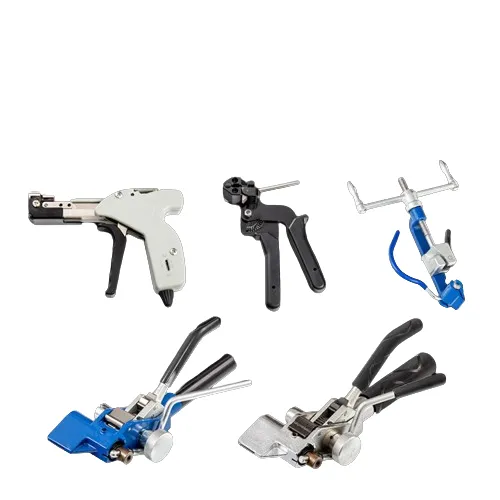Aug . 31, 2024 04:27 Back to list
butterfly valve double flange type
Butterfly Valve Double Flange Type An Overview
Butterfly valves are essential components in various fluid control systems, widely utilized in industries such as water treatment, oil and gas, and HVAC. Among the many types of butterfly valves, the double flange type stands out due to its unique design and operational benefits. This article explores the characteristics, advantages, applications, and maintenance of double flange butterfly valves.
Design and Characteristics
The double flange butterfly valve features two flanges mounted at either end of the valve body. This design allows for easy installation in pipelines, providing robust mechanical support. Typically, these valves consist of a disc-type closure mechanism, which rotates around a central axis to regulate the flow of fluid through the pipeline. The valve's body is constructed from various materials, including ductile iron, stainless steel, and other alloys, depending on the specific requirements of the project.
One of the key elements of the double flange design is its ability to handle higher pressure and temperature conditions, making it suitable for a variety of applications. Additionally, the double flange configuration helps to ensure a tight seal when closed, minimizing leakage and ensuring efficient operation.
Advantages
1. Ease of Installation The double flange design simplifies installation, as it allows for direct mounting to flanged pipe connections. This feature reduces the need for additional fittings and supports, streamlining the installation process.
2. Versatility Double flange butterfly valves can be used in different configurations and applications, from throttling flow to full open/close operations. Their adaptability makes them suitable for both liquid and gas services.
3. Durability and Reliability Constructed from robust materials, these valves offer high resistance to corrosion, wear, and extreme conditions, ensuring long service life and reliability in demanding environments.
butterfly valve double flange type

4. Cost-Effectiveness The simplicity of the design, along with minimal moving parts, contributes to lower manufacturing costs, making double flange butterfly valves an economical choice for many projects.
5. Space-Saving Design The compact design of butterfly valves requires less space compared to other types of valves, providing advantages in installations where space is limited.
Applications
Double flange butterfly valves are utilized in various sectors. In municipal water systems, they play a critical role in regulating water flow and maintaining pressure. In industrial applications, they are found in chemical processing plants, oil and gas pipelines, and HVAC systems for controlling air and water flow. Their ability to handle a wide range of fluids and pressure levels makes them highly versatile.
Maintenance Considerations
To ensure optimal performance, regular maintenance is essential. Inspecting the valve for signs of wear, corrosion, or proper sealing can help prevent operational issues. Lubrication of moving parts and periodic testing of the valve's functionality will enhance its reliability and longevity.
Conclusion
The double flange butterfly valve is a practical and efficient solution for fluid control in various industries. With its robust design, ease of installation, and versatility, it has become a preferred choice for many engineers and project managers. Understanding its features and applications can help professionals choose the right valve configuration for their specific needs, ensuring reliable and efficient operation in their systems.
Share
-
Reliable Wafer Type Butterfly Valves for Every IndustryNewsJul.25,2025
-
Reliable Flow Control Begins with the Right Ball Check ValveNewsJul.25,2025
-
Precision Flow Control Starts with Quality ValvesNewsJul.25,2025
-
Industrial Flow Control ReliabilityNewsJul.25,2025
-
Engineered for Efficiency Gate Valves That Power Industrial PerformanceNewsJul.25,2025
-
Empowering Infrastructure Through Quality ManufacturingNewsJul.25,2025